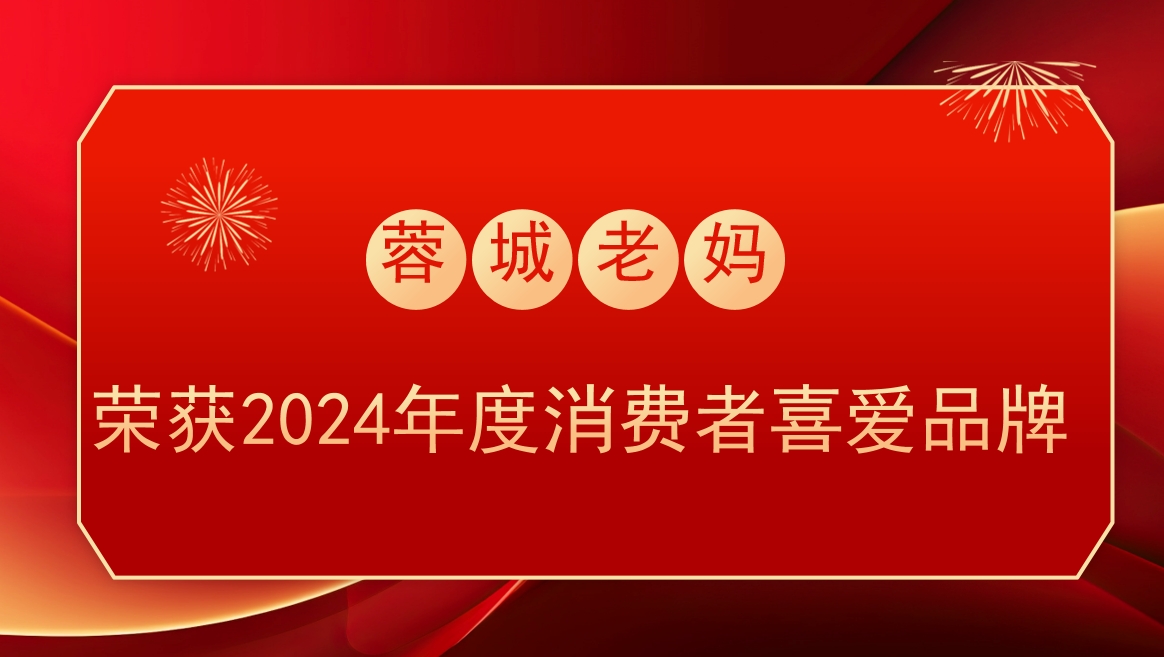
企业简介 
Brand story
四川老字号 传承非遗技艺
蓉城老妈是成都蓉城老妈实业公司旗下品牌,始于1944年,自1986年起致力于火锅的创新经营,是一家集连锁加盟、菜品研发、食品加工、调味品研发生产和物流配送为一体的多元化餐饮公司。现拥有二千多平米的直营店和分布全国各地百余家加盟店,自有生产基地占地面积30000余平方米,可提供火锅底料、鱼调料、酱料、中餐调料、食材等产品,拥有完整的供应链体系。
蓉城老妈以“匠⼼营造,安全美味”为⼰任,坚持健康0添加理念,将现代科技与传统⼯艺相结合,真材实料,⼜不乏现代⻛味,把更多的美食贡献给社会大众。其火锅底料炒制技艺作为非物质文化遗产代表项目,发源于1919年,历经三代百年传承,不断创新探索,形成了特有的风味。火锅底料选用优质郫县豆瓣和40余种香料,精心烹制而成,红汤油色红亮晶莹,汤味麻辣鲜香,回味悠长,温而不火,有“满江红”之盛名;白汤白而亮泽,鲜香十足,有“白芙蓉”之美誉。
创业至今数十载,蓉城老妈以其独特的风味和经营管理方式,极具川西民宅古风的装修风格,热情周到的服务,引川味火锅潮流而扬名海内外,广受顾客青睐和业内人士赞扬。曾先后获得巴蜀⻝品博览会⾦奖”、⾸批“四川名优⽕锅”、“全国绿⾊餐饮企业”、“中国名⽕锅”、“非物质文化遗产代表项目”、“四川老字号”、“2024年四川十大地标火锅”、“2024年消费者最喜爱品牌”、“2024年年度创新品牌”等多项荣誉和称号!
course
0年
品牌发展历程
development
0座
遍布省市
Cooperation
0+家
连锁加盟店
Brand
0+
合作伙伴




品牌支持
Brand support
通过授权方式充分利用“本公司”的市场知名度和影响力,对于提升门店的营业业绩将起到十分重要的作用。



技术支持
technical support
开业设备采购、调试,一对一现场专业指导,协助餐厅建立完善架构,成本控制,四季营销方案。



培训支持
Training support
免费门店知识培训:员工招聘、管理人员培训、技术人员培训、考核评估等。



运营支持
Operational support
加盟商开店后,公司将对加盟商进行后期的营运指导,开业策划、营销策划、广告宣传、营销活动宣传等支持。



管理支持
Management support
蓉城老妈官方提供《合作店管理手册》实行统一的管理模式保障合作店日常经营管理的规范化。

营销网络
Stores Display
非遗技艺,匠心传承,地道口味。

新闻动态
news information
经典传承火锅尽在蓉城老妈了解更多品牌新鲜事

诚信 · 感恩 · 责任 · 创新

蓉城老妈荣获"2024年度十大四川头部火锅品牌"

热烈祝贺蓉城老妈荣获2024食品行业“年度传承创...

热烈祝贺蓉城老妈荣获“2024年度消费者喜爱品牌...

传承经典美味,蓉城老妈荣获 “四川老字号”!

蓉城老妈荣获2024四川地标火锅top10

四川省民生研究会餐饮食品专业委员会成立大会在蓉城...
蓉城老妈 · 香飘万家
合作热线
400-800-1986

![]() 公司热线:400-800-1986
公司热线:400-800-1986
![]() 公司邮箱:3091346113@qq.com
公司邮箱:3091346113@qq.com
![]() 公司地址: 成都市金牛区一环路北四段164号3楼
公司地址: 成都市金牛区一环路北四段164号3楼

官方微信
(扫码了解更多信息)





































